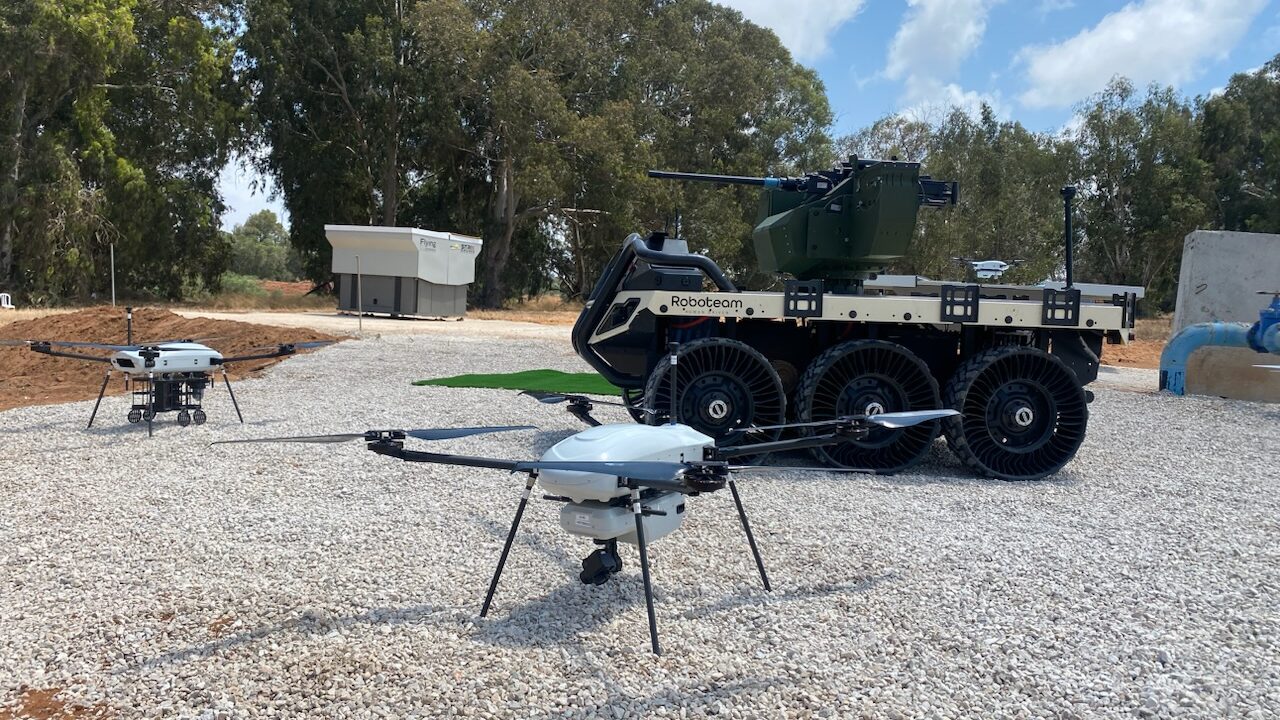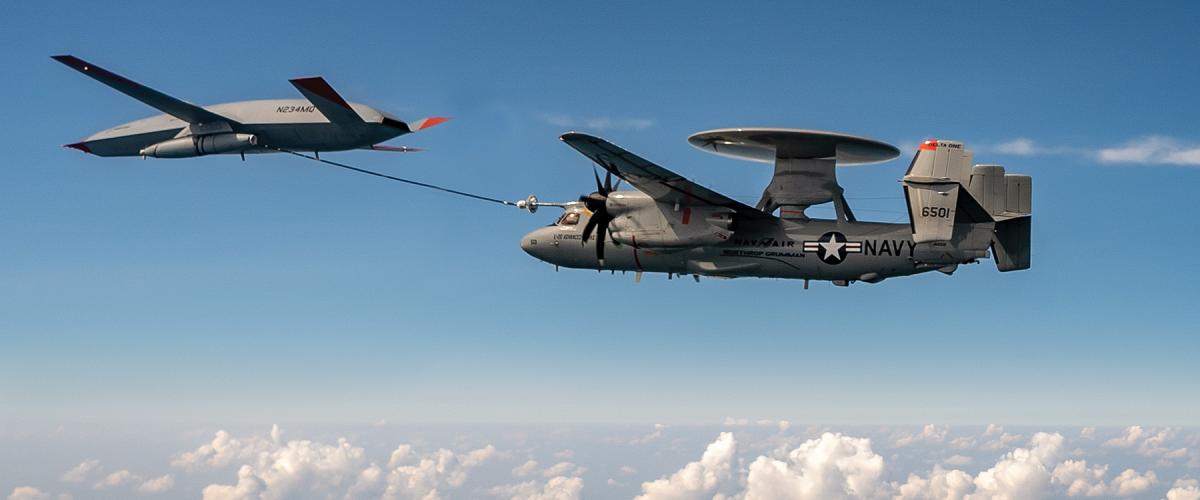Huma Siddqui

This invitation presents an opportunity for Prime Minister Modi to reclaim the lost honor of Indian soldiers and highlight their crucial role in the First and Second World Wars. The denial of their importance by Western media has long been a source of disappointment in India.
For the first time in 107 years, a contingent of the Indian Army will march alongside French soldiers in Paris during the Bastille-Day Parade.
In a significant gesture, Prime Minister Narendra Modi has been invited by French President Emmanuel Macron to participate in the prestigious Bastille Day Parade held in Paris as the Guest of Honor. This invitation presents an opportunity for Prime Minister Modi to reclaim the lost honor of Indian soldiers and highlight their crucial role in the First and Second World Wars. The denial of their importance by Western media has long been a source of disappointment in India. This event, scheduled for July 14, 2023, not only commemorates the sacrifice and dedication of Indian soldiers but also serves as a moment of pride for the entire world, including Europe.
Indo-French Naval and Air Forces unite to celebrate Bastille Day in France
Recognition of Indian Army’s Contributions:
For the first time in 107 years, a contingent of the Indian Army will march alongside French soldiers in Paris during the Bastille-Day Parade. This historic inclusion signifies a momentous occasion to acknowledge the valor and bravery demonstrated by Indian soldiers throughout military history. It is a much-needed acknowledgment of their significant contributions to both World War I and World War II. Despite their pivotal role, Western media, as exemplified by the Hollywood movie Dunkirk, often neglected to portray Indian soldiers in their rightful place.















